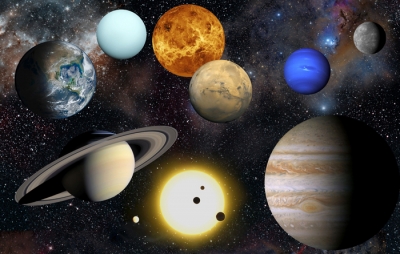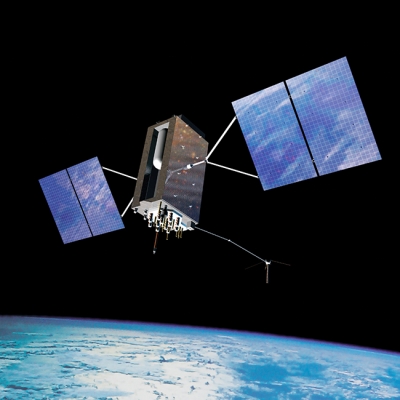How hot or cold are other planets?

While we experience Earth's many weather conditions each year, let's see how the weather is on the remaining seven planets.
Mercury
Due to its closeness to the Sun the planet goes through extreme temperatures. In the
daytime, the Sun appears three times larger and over 10 times brighter than on Earth. This pushes temperatures to nearly 800 degrees Fahrenheit. And since there is no atmosphere in Mercury, the daytime heat cannot be trapped. Hence, temperatures can drop as low as 300 degrees Fahrenheit during night time
Venus
While Venus is farther away from the Sun than Mercury, it is the hottest planet in the solar system. This is because Venus is covered by a thick atmosphere of carbon dioxide and clouds made of sulphuric acid. Together, these act like a greenhouse, trapping heat and warming the planet. On average, temperature on Venus can reach as high as 847 degrees Fahrenheit
Mars
Mars weather is the closest to Earth's. Daytime temperatures on the planet can be close to Winter temperatures on Earth, reaching as high as 32 degrees Fahrenheit. However since it has a thin atmosphere, night temperatures can be as low as -200 degrees Fahrenheit
Jupiter
Since it is far away from the Sun, the planet is only slightly heated up by the star. Jupiter gets most of its heat from the inside of the planet. The temperature of the planet varies in the layers of Jupiter's atmosphere. On average, Jupiter's temperature is -234 degrees Fahrenheit.
However, closer to its core, the temperature can go up to 43,000 degrees Fahrenheit!
Saturn
Saturn is really far away from the Sun about 1.4 billion km away Hence, the planet has relatively freezing temperatures throughout which averages at -285 degrees Fahrenheit.
Uranus
The planet is known as an ice giant, and truly so. Is temperature is about 360 degrees Fahrenheit. Due to Uranus being tilted on its own axis, it also experiences different seasons like Earth.
Neptune
Neptune is the farthest planet in the solar system. It is about 3.7 billion km away from the Sun. While that would make it a freezing planet, its temperature is the same as Uranus (-360 degrees Fahrenheit). It is still a mystery to scientists as to why this is so.
Picture Credit : Google
